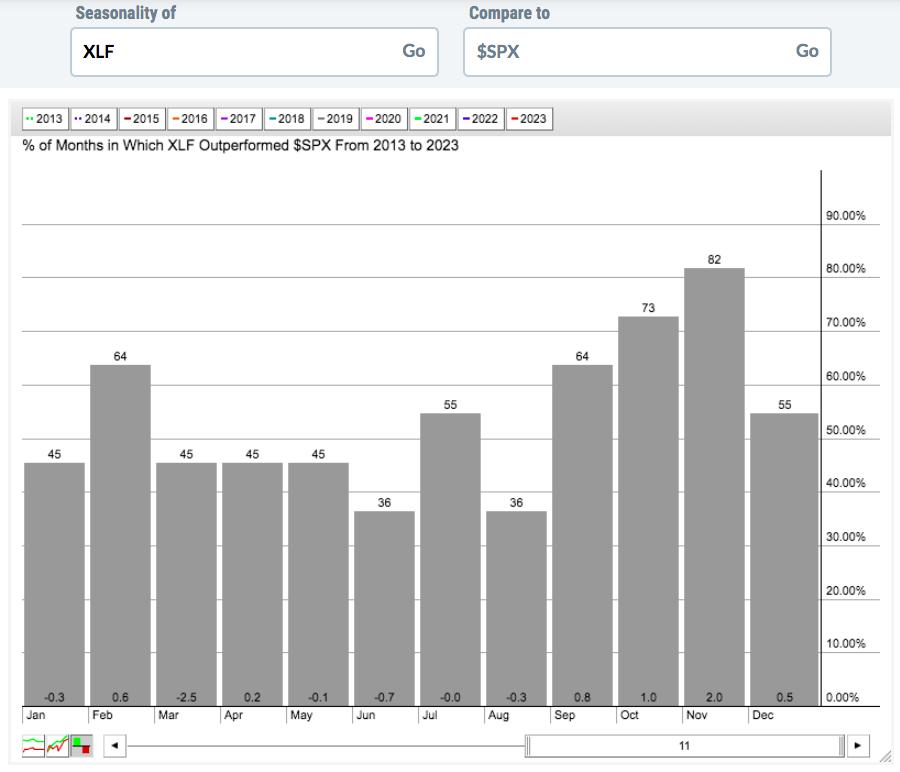Traders take advantage of high yields with confidence in Fed cuts. By Quiver Quantitative


© Reuters. 2024 Bond Rally: Traders Take Advantage of High Yields on Confidence About Fed Cuts
Quiver Quantitative – Bond traders were optimistic on the first trading day of 2024, confidently participating in the bond market amid speculation that a rate cut by the Federal Reserve was imminent. Despite a temporary drop in bond prices due to unexpectedly strong employment growth data, investors were quick to take advantage of the 10-year Treasury yield near 4.1%. This activity highlights a significant shift in market sentiment, with growing belief that bond markets are recovering from a historic downturn. Traders are optimistic that despite the recent gains, yields will not regain their October highs and are instead betting on a Federal Reserve policy shift toward easing as early as March.
Strategists and portfolio managers are watching these developments keenly. Priya Misra of JPMorgan (JPM) Asset Management sees yields between 4% and 4.2% as a buying opportunity and emphasized that a violation of 4.2% would require a reassessment of Fed policy. TD Securities (SCHW) strategists expect it to settle around 3% by the end of the year, citing a cooling labor market. Labor market conditions are an important factor in how the Fed balances the need for economic growth with the risk of inflation.
Market Overview: Bond markets ignored solid employment data and used the 4% yield as a buying opportunity in anticipation of a Federal Reserve rate cut. Investors are betting on a bond rally in 2024, even after a temporary downturn due to strong employment numbers. The upcoming inflation data and auction of key 10-year Treasury notes present an important test of the rally’s sustainability.
Key takeaway: The recent decline in bond prices has presented an entry point for yield-starved investors despite positive economic data. Despite hawkish pressure from some Fed officials, market bets are tilted toward easing through March, lowering future interest rate expectations. The “buy the dip” narrative continues, with major firms such as JPMorgan Asset Management targeting 4% to 4.2% as an ideal entry point. Short-term volatility is still a possibility, especially for two-year bonds, which are sensitive to changes in interest rate cut bets. Next week’s December CPI and 10-year Treasury auctions will provide important insights into investor demand and inflation trends.
Outlook: The success of the bond rally will depend on a convergence of dovish Fed policy and continued downward pressure on inflation. The December CPI numbers and further Fed commentary will be closely watched for any signs of confirmation or potential change in narrative. Some parts of the market, such as two-year bonds, face vulnerability, but overall sentiment tilts toward lower yields later this year. Bloomberg Intelligence predicts a “bullish trend” with yields falling across the curve through the end of the year.
However, not all market segments are equally protected from potential losses. Two-year bonds, which are sensitive to policy changes, could face pricing issues if economic strength changes expectations of interest rate cuts. Upcoming economic data, including December CPI data and a significant 10-year Treasury auction, will further test market dynamics. Additionally, upcoming insights from New York Federal Reserve President John Williams will play a pivotal role in shaping market expectations.
The Federal Reserve’s decisions are greatly influenced by inflation trends. Economists expect the CPI to reflect a slight rise, but core inflation measures suggest a gradual easing, potentially allowing the Federal Reserve to consider cutting interest rates. The continued trend of lower inflation and slower growth could pave the way for the Federal Reserve to ease policy within the first half of this year, according to Gene Tannuzzo of Columbia Threadneedle Investments. This scenario presents a favorable environment for bond yields to fall below 3.5%.
This article originally appeared in Quiver Quantitative.



